Tea has become an integral part of the Indian lifestyle. It is a hot beverage that melts hearts, brings people together, and creates relationships. Secondly, it refreshes your body, enlivens your mind, and tingles your sensory apparatus.
The cultivation practices were imported from China albeit the plant was growing wild in North East India as well since time immemorial. The British with all their enterprising zeal introduced this wonderful leaf by creating tea gardens and popularizing the product among the Indian masses.
After China, India is the largest producer of tea leaves, paradoxically, it is one of the largest importers of the leaves as well. So much is the consumption within the country that comparatively less of it is exported. Some of the finest products like the Darjeeling and Assam leaf do find buyers abroad.
The plantations in Darjeeling, Duars, Nilgiri, and Assam are unique production hubs with an interesting characteristic lifestyle and ambiance. This has generated huge interest among the holidaymakers giving rise to tea tourism in India.


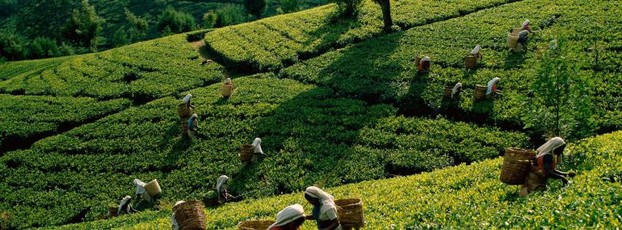
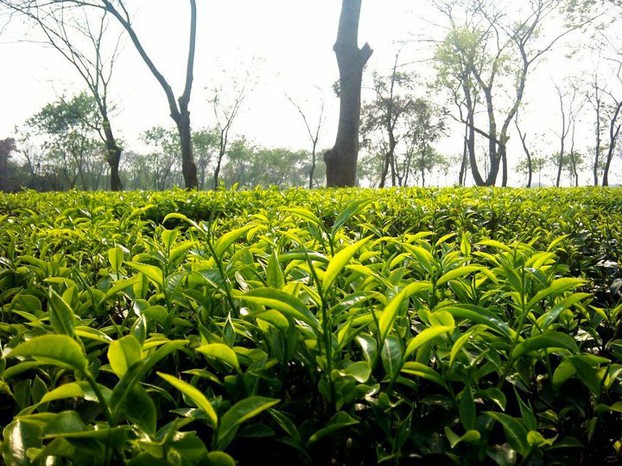
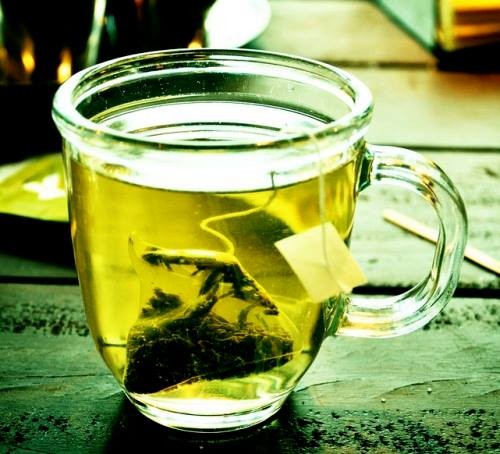
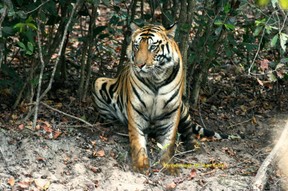 Well known for its cultural richness, wildlife, and plantations. A wide variety of teas are grown and processed in Assam a remote East Indian State. It is home to premium black leaves grown in huge tea gardens. The State boasts of many wildlife sanctuaries and National Parks which are frequented by holidaymakers.
Well known for its cultural richness, wildlife, and plantations. A wide variety of teas are grown and processed in Assam a remote East Indian State. It is home to premium black leaves grown in huge tea gardens. The State boasts of many wildlife sanctuaries and National Parks which are frequented by holidaymakers.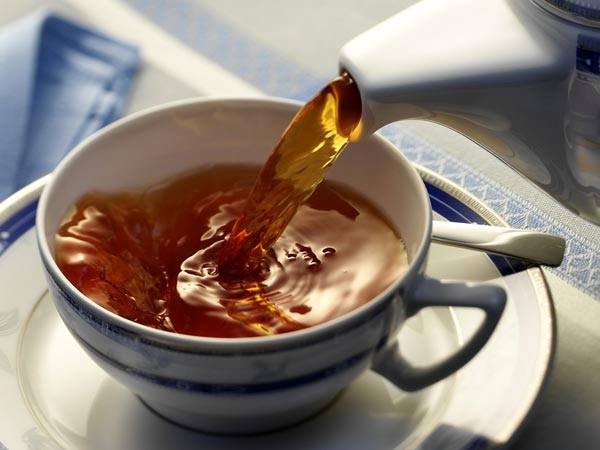
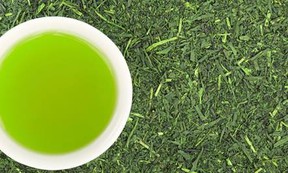 The Dooars or Dwars literally mean passageways from high altitude in the Himalayas to Terai or Foot Hills. The Dooars are part of India bordering Bhutan. They now constitute the Cooch Behar & Jalpaiguri District.in West Bengal and Assam. The region is famous for tourism and tea gardens.
The Dooars or Dwars literally mean passageways from high altitude in the Himalayas to Terai or Foot Hills. The Dooars are part of India bordering Bhutan. They now constitute the Cooch Behar & Jalpaiguri District.in West Bengal and Assam. The region is famous for tourism and tea gardens. 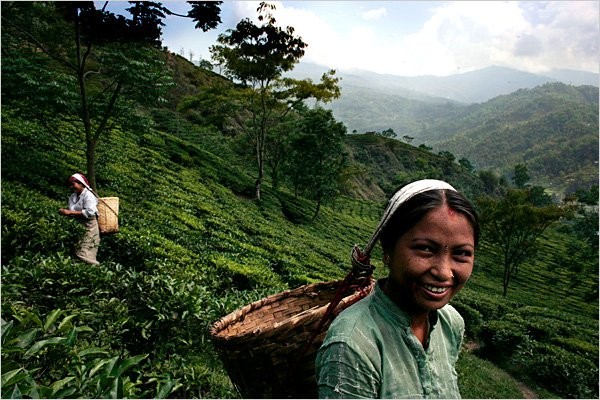
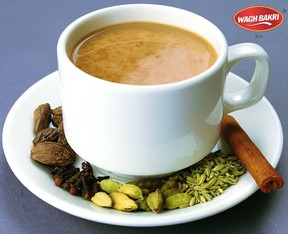 s.
s. 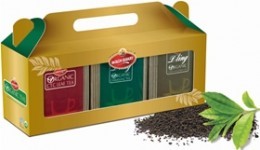
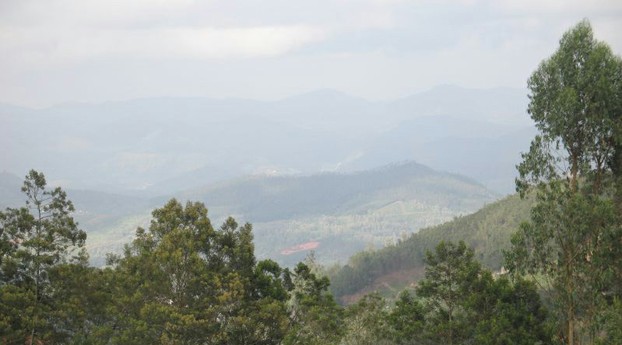
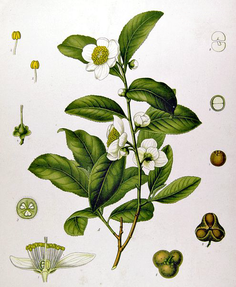 Chai is a hot tea beverage that is popular all over India. The drink is consumed by the masses and is served in nearly all households. The beverage has become part of the lifestyle in India. The modern cafes, tea lounge, and restaurant all serve this brew in one form or another.
Chai is a hot tea beverage that is popular all over India. The drink is consumed by the masses and is served in nearly all households. The beverage has become part of the lifestyle in India. The modern cafes, tea lounge, and restaurant all serve this brew in one form or another. 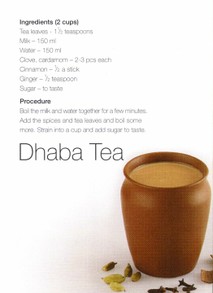



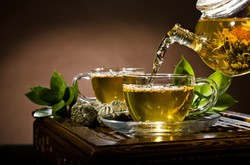

 Full Day Safari in Bandhavgarhon 08/29/2023
Full Day Safari in Bandhavgarhon 08/29/2023
 SEO Campaign: Website Overhaulon 02/13/2023
SEO Campaign: Website Overhaulon 02/13/2023
 Indian Food It Is Not All Curryon 02/08/2023
Indian Food It Is Not All Curryon 02/08/2023
 How Tiger Tourism is Organized in India?on 02/07/2023
How Tiger Tourism is Organized in India?on 02/07/2023

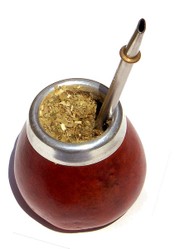
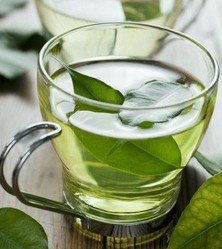
Comments
Hot coffee is very popular and is most often consumed in the Southern States of India. Chilled or Iced coffee is not very popular. Certain barns like BRU and Nescafe (Nestle) are very popular among coffee drinkers in India. A number of coffee houses and fancy chains have been established in big towns and attract young crowds.
Actually, Tea is the household drink in India, and the country consumes more than it grows.
Thank you!
Your answers to my previous questions are most helpful. The Starbucks chai latte intrigues me just because it's the most popular drink where I am and I haven't tried it.
I meant to ask two other questions even as I realize that India is a united country whose regional diversity nevertheless is respected all the way down to the local levels.
What kind of coffee would people in India tend to drink when they choose to drink coffee? And would they tend to drink it hot or would they be interested in chilled or iced coffee?
The spices added to chai are usually ginger, cardamom, cinnamon, lemongrass and many other suitable spices. Chai is a mix of milk and leaf extract black tea is uncommon in India and the brew is never mixed with coffee.
A most popular drink here through Starbucks is chai latte with a shot of espresso coffee. The chai latte is a black tea concentrate especially made for Starbucks by Tazo. Descriptions and employees mention cinnamon and cloves among the spices in chai latte.
So I started thinking about the information that you give about chai tea above. And I wonder a couple of things about chai latte, which Starbucks serves as black tea boiled in milk, energized with coffee and spiced with cinnamon and cloves (and other unspecified spices).
What spices would tend to be in chai tea in India? Would chai tea ever be boiled in milk? And would coffee ever be added to tea or would tea ever be added to coffee?
In India, the street chai corner serves tea in glass which is a standard. Tea in ceramic is served in households be it hot or cold. People on the street corners have learned to handle the hot steaming tea in glass with dexterity.
pateluday, Previously, I intended to ask the determining factors behind tea served in ceramic versus taken in glass. Is it reflective of personal preference, regional customs or tea type? Would cold tea be served in ceramic over glass, and would hot tea be taken in ceramic over glass, or would temperature not matter?
Cold tea tends to be served in glass and hot tea in ceramic cups here.
Tea gardens named here would be producing same tea as per region, but tea from estates in other region differs from each other. Darjeeling is premium quality highly aromatic tea. Assam & Nilgiri produce tea leaf for daily consumption the black tea as we know it.
Indian tea producers export the processed leaf to many countries after blending and packaging. India imports tea leaf in bulk for Kenya and other countries since the consumption of black tea beverage is very high here. Special blends are exported.
pateluday, Thank you for the practical information, pretty pictures and product lines.
There's an article, Is It a Tea Garden, Plantation, or Estate?, by A.C. Cargill as The Little Yellow Teapot for English Tea Store's Tea Blog, from May 14, 2013. It leaves the question unanswered. It makes me wonder about the possible different or same configurations of tea estates, tea gardens in Darjeeling and Dooars and tea plantations in Assam and Nilgiri.
Also, would India not be a major importer of tea leaves if the subcontinent weren't a major exporter of tea leaves?
Welcome to Chai tea cmoneyspinner yes India is the land of spices and it reflects on its cuisine. Like the Assamese Food, it is amazingly different in spite of the spices being nearly the same. I will update you on Assamese/Indian cuisine. Thanks for the comment and praise.
What a lovely page. Glad I found it. India may be behind China in teas, but ahead in the spices. Am I right? You mentioned the Assamese cuisine. I would love learn more about it as I am interested in world cuisine. Thank you for this page. It was thorough tour of Places to See in India. I am devoted coffee but my husband and some of my kids have started trying Chai tea lately. I tried as well. Love the taste!